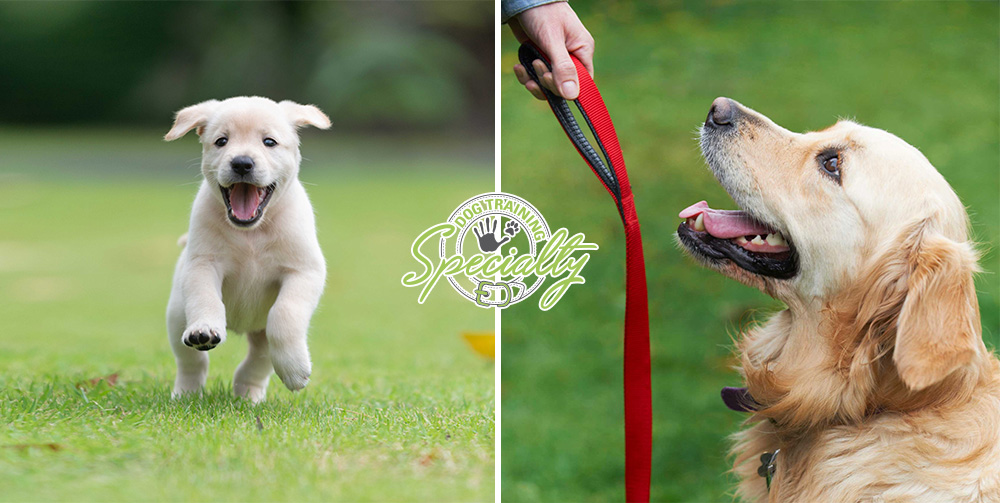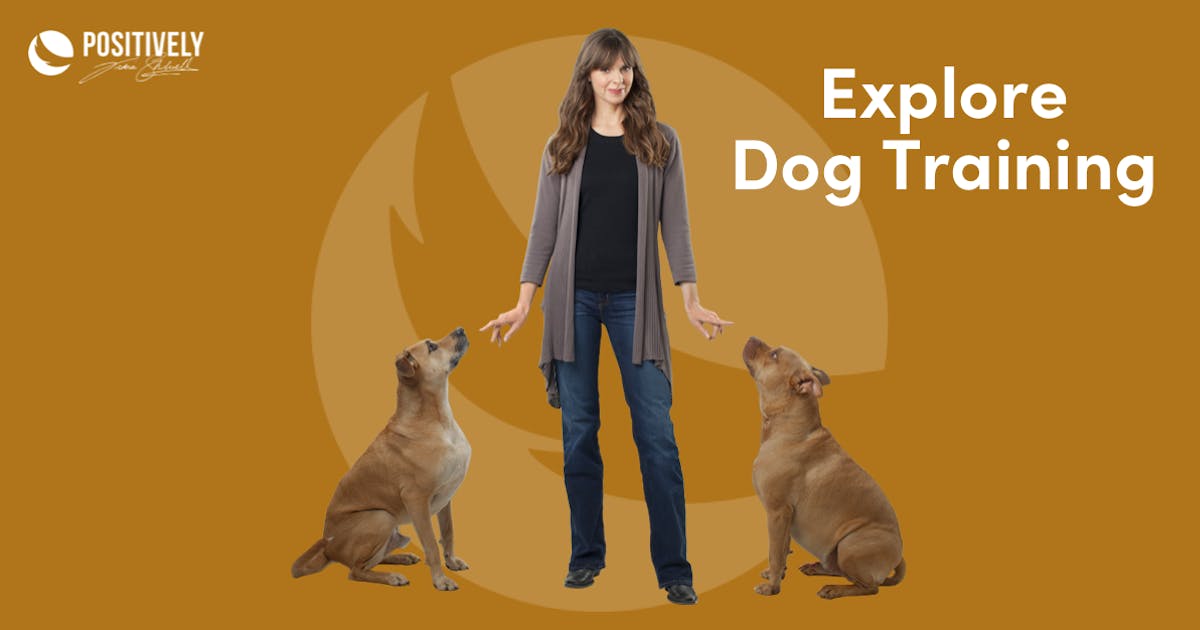Quality Puppy Training for a Happy, Obedient Dog with Professional Help
Quality Puppy Training for a Happy, Obedient Dog with Professional Help
Blog Article
Transform Your Pet's Actions With Proven Training Techniques
Changing your pet dog's behavior calls for a nuanced understanding of their individual qualities and needs, in addition to the application of tried and tested training methods. By utilizing positive support and acknowledging crucial hints in their body language, you can successfully resolve usual behavioral concerns such as extreme leaping or barking. Uniformity in your training approach not only enhances obedience but likewise fosters a deeper bond of depend on and regard in between you and your family pet. However, the course to successful change may offer unpredicted challenges that warrant additional exploration.

Comprehending Dog Actions
Understanding pet dog behavior is crucial for efficient training and communication between people and their canine companions. Dogs, as social pets, display a series of actions affected by genes, environment, and experiences. Acknowledging these habits helps owners tailor their training approaches to meet the specific needs of their pets.
Secret aspects of dog habits include body language, vocalizations, and social interactions. For example, a wagging tail often shows exhilaration, while a reduced head may signal entry or anxiety. Recognizing these signals can assist proprietors translate their dog's mood and respond suitably. In addition, socializing plays an essential role in shaping habits; canines that engage positively with numerous individuals and other pets are generally more well-adjusted and adaptable.
In addition, identifying stress and anxiety signals-- such as pacing, panting, or avoidance actions-- can stop escalation into more significant problems. Owners that are attuned to their dog's habits can produce a caring and safe environment, cultivating trust and improving the training process. Inevitably, a deep understanding of canine habits lays the foundation for an unified connection and efficient training outcomes, making sure both pet dogs and their proprietors thrive with each other.
Positive Support Methods
Positive support methods are commonly recognized as one of the most efficient methods for training pet dogs, fostering a positive understanding setting. This approach entails satisfying desired habits with treats, appreciation, or play, therefore encouraging the dog to duplicate those habits (Dog training). Unlike vindictive techniques, positive reinforcement builds count on and reinforces the bond in between the fitness instructor and the pet
To implement favorable reinforcement efficiently, timing is essential. Incentives must be offered instantly following the preferred habits to aid the pet dog make the connection. Consistency is likewise vital; utilizing the very same commands and rewards aids the pet dog comprehend what is anticipated. Furthermore, differing the incentives can keep the pet dog involved. Alternating between treats, toys, and spoken appreciation can keep passion and inspiration.
It is very important to note that favorable reinforcement is not regarding bribery; rather, it is concerning enhancing etiquette. In time, as the canine finds out to link details actions with positive results, the frequency of incentives can be progressively lowered, transitioning to verbal praise or periodic incentives. This approach not only encourages obedience yet likewise promotes a happy and confident pet dog, making training a more enjoyable experience for both parties entailed.
Resolving Common Problems
Dealing with common concerns during pet dog training is essential for making sure a unified and successful relationship in between the dog and its proprietor. Several dog proprietors encounter behavioral obstacles, such as too much barking, jumping, and leash pulling. Recognizing the origin of these behaviors is essential for efficient training.
To alleviate this, offer sufficient physical workout, mental stimulation, and possibilities for social interaction with both humans and other pets. Educating the pet dog to rest upon welcoming can reroute this actions positively.
Leash drawing is an additional widespread issue, regularly resulting from a canine's passion to check out. Making use of correct leash taking care of techniques, incorporated with training methods that encourage loose-leash walking, can considerably improve this habits.
Additionally, problems like resource protecting or separation anxiousness need customized approaches. Progressive desensitization and counter-conditioning can be efficient in attending to these difficulties. By recognizing and proactively taking care of these typical issues, pet dog owners can promote a more pleasurable training experience and enhance the bond with their canine companions.
Uniformity in Training
Uniformity is a cornerstone of reliable pet training, as it establishes a clear structure for the pet to understand assumptions and habits. When this link commands, hints, and rewards are applied consistently, pets can a lot more easily grasp what is needed of them. Inconsistent training can lead to confusion, resulting in unfavorable actions that irritate both the pet and the trainer.
To achieve uniformity, it is crucial that all members of the family adhere to the exact same training approaches. For instance, making use of the very same verbal hints and hand signals makes certain that the dog obtains uniform messages. In addition, the timing of rewards and modifications must be consistent; immediate support increases the probability that the pet will certainly link the actions with the result.
Additionally, developing a regimen can even more improve consistency. Regular practice sessions, combined with structured schedules for feeding, walking, and playtime, aid dogs anticipate and recognize their environment, making them a lot more receptive to training. Eventually, consistency promotes a complacency and count on, empowering pets to find out more successfully. By devoting to a structured approach, instructors can promote positive behavior changes and cultivate a well-mannered buddy.
Structure a Strong Bond
Just how can fostering a solid bond between a pet and its proprietor enhance the training experience? When a dog really feels protected in its connection with its proprietor, it is more most likely to exhibit positive habits and be receptive to learning.

Furthermore, a reputable link can decrease anxiety and behavior concerns, as pets are much less most likely to act out when they feel recognized and looked after. Prioritizing the advancement of a solid bond not only enhances the training experience however additionally contributes to a better and much more well-adjusted canine. Inevitably, the journey of training transforms right into a collective collaboration, resulting in lasting behavioral improvements.
Verdict

Proprietors that are attuned to their canine's actions can create a safe and nurturing environment, cultivating depend on and enhancing the training process. Ultimately, a deep understanding of canine habits lays the foundation for a harmonious connection and effective training outcomes, ensuring both pet dogs and their proprietors thrive with each other.
Attending to usual concerns throughout here are the findings pet training is necessary for guaranteeing a unified and effective partnership between the pet dog and its owner (Dog training).Uniformity is a foundation of effective dog training, as it establishes a clear structure for the pet dog to comprehend assumptions and habits.In conclusion, transforming a dog's habits with shown training methods needs an understanding of canine habits, the application of favorable support strategies, and a focus on uniformity
Report this page